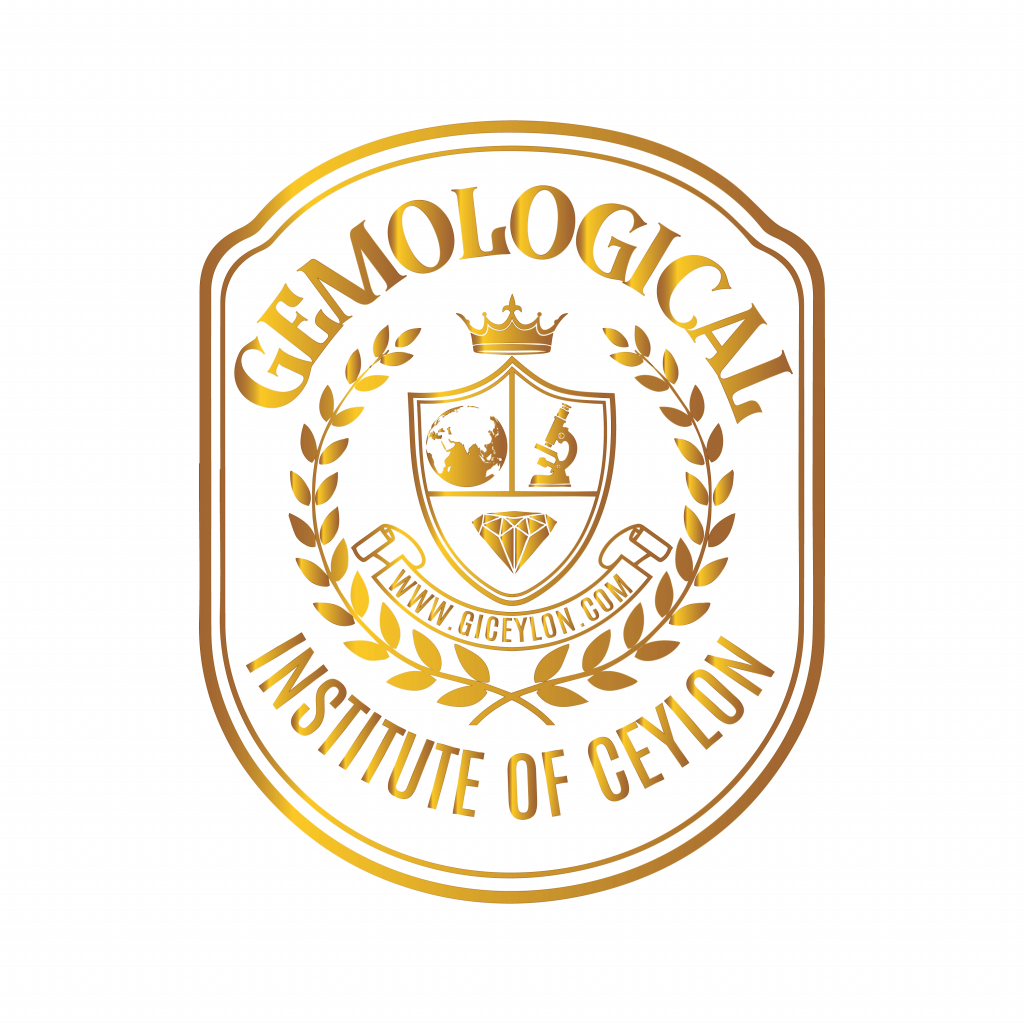Geuda
Geuda is considered one of the most improbable gem minerals due to the fact that it can be heated to produce excellent blue, fancy yellowish-orange, or pink sapphires. They can be translucent to semi-transparent, whitish, semi brownish, milky, or silky in appearance. Geuda display the distinctive ‘Diesel effect’ (color of diesel fuel) under transmitted light
All constituent atoms of Geuda stones are subject to spontaneous replacement by impurities such as Fe, Ti, Cr, and Mn. As a result, the presence of Fe and Ti results in blue color, whereas the presence of Cr results in red color. The impurity percentages determine the color’s intensity
By heat treatment, the quality of Geuda can be elevated to that of pricey natural Sapphires. After the introduction of gas-fired furnaces (GF) with high-temperature applications and controlled environment conditions inside the furnace, heat treatment of Geuda has become a widespread technique. Locally produced “Lakmini” furnaces are commonly used by Sri Lankan gem sellers. They reach a maximum temperature of 1900 °C and maintain controlled atmospheric conditions within the furnace.
The reducing atmosphere created inside the furnace is necessary for the development of the proper blue color in geuda gemstones. The soaking duration and chamber temperature have been found as the two most essential variables affecting the ultimate color enhancement of the Geuda stones treated with GF. In comparison, while an electric furnace (EF) is employed in the Geuda heat treatment process, it does not provide controlled air conditions within the heating chamber. As a result, success rates with EF are inconsistent, and the user does not have complete control over the heating process.
Although it is widely assumed that combining GF and EF in a combined heat treatment (CH) procedure could result in improved Geuda heat treatment results, no rigorous investigation has been conducted on this theory. This study evaluates the efficacy of two-step CH treatment utilizing both GF and EF under a variety of temperature and soaking time regimens.
There are currently no universally acknowledged standards or testing methods for determining the difference between heat-treated Geuda and natural blue Sapphires. Prior to pricing and purchasing, determining the gemstone’s state as ‘natural’ or ‘heat-treated can be crucial for both the gem trader and the end-user. Recently, the use of spectroscopic methods like Fourier transforms infrared and ultraviolet-visible spectroscopy to identify heat-treated sapphires has been described, albeit the results are unclear. As a result, the necessity for accurate testing methods to distinguish natural from heat-treated sapphires remains. This study analyzes the possibility of characterizing and differentiating heat-treated Geuda from natural blue Sapphires using spectrum data from FTIR, UV–Visible spectroscopy, and XRD.
Diesel
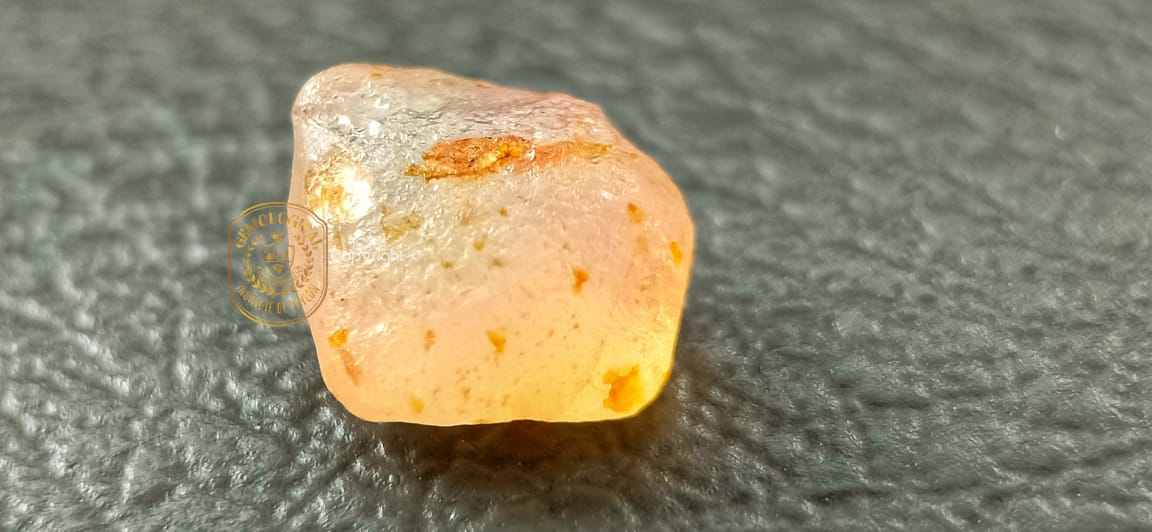
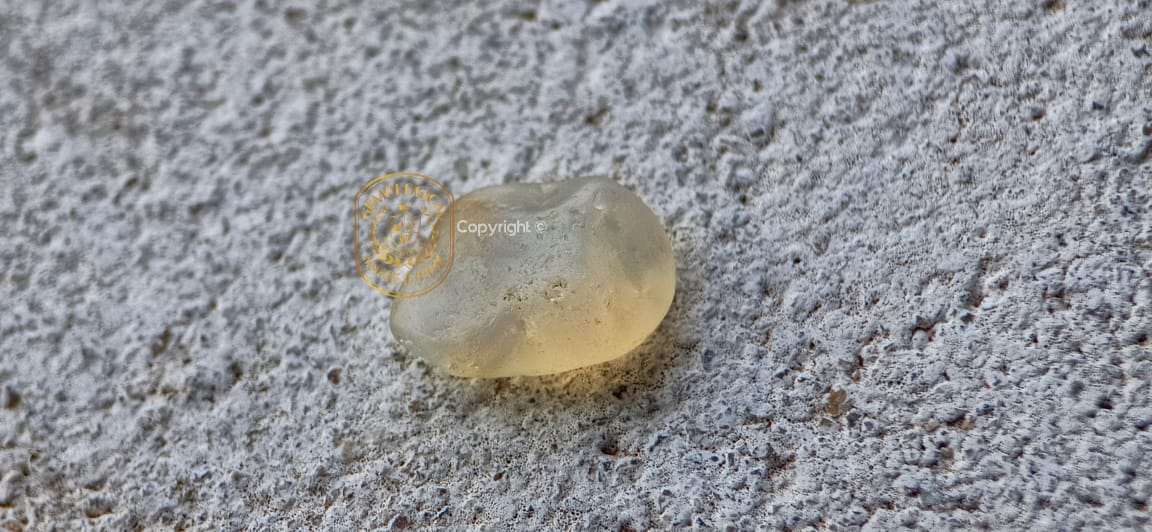 Red Diesel, Blue Diesel, Yellow Diesel – are the main sub-Categorization then Young Diesel, Normal Diesel, Thick Diesel, and Very Thick Diesel
Red Diesel, Blue Diesel, Yellow Diesel – are the main sub-Categorization then Young Diesel, Normal Diesel, Thick Diesel, and Very Thick Diesel
Milky
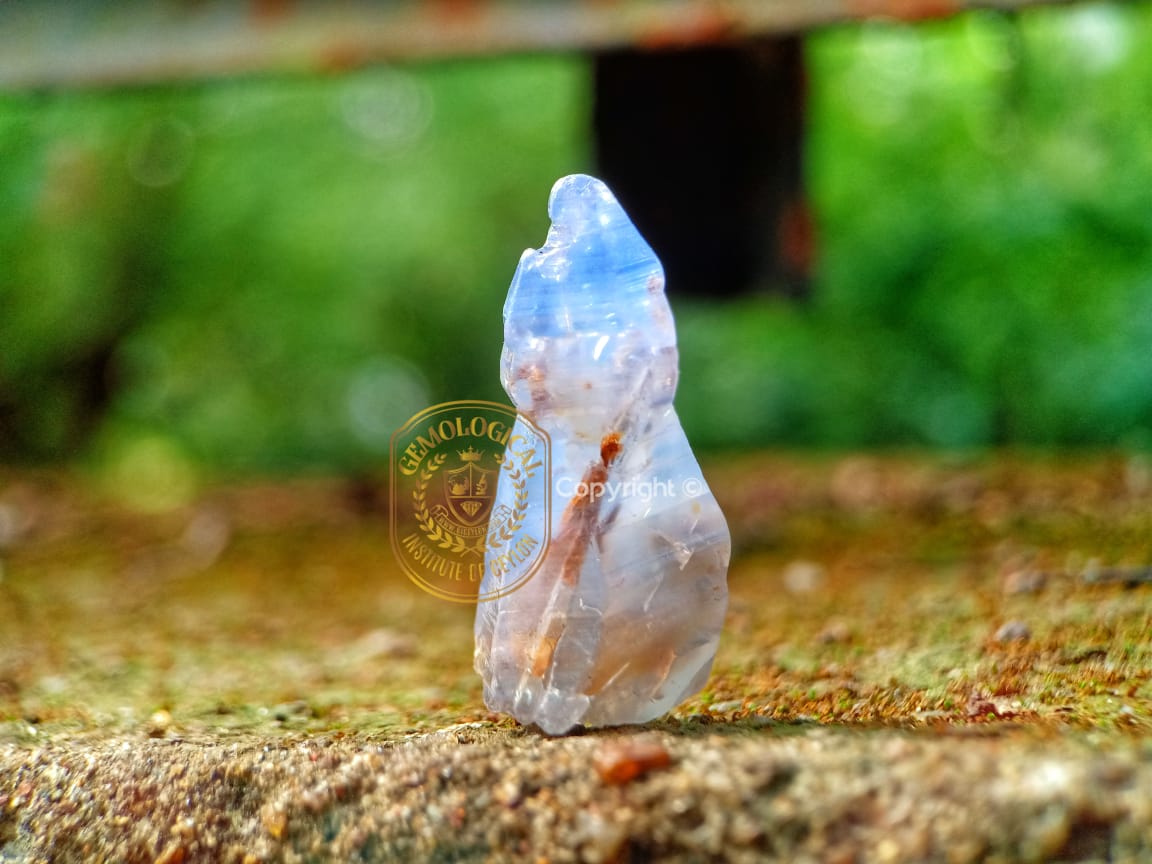
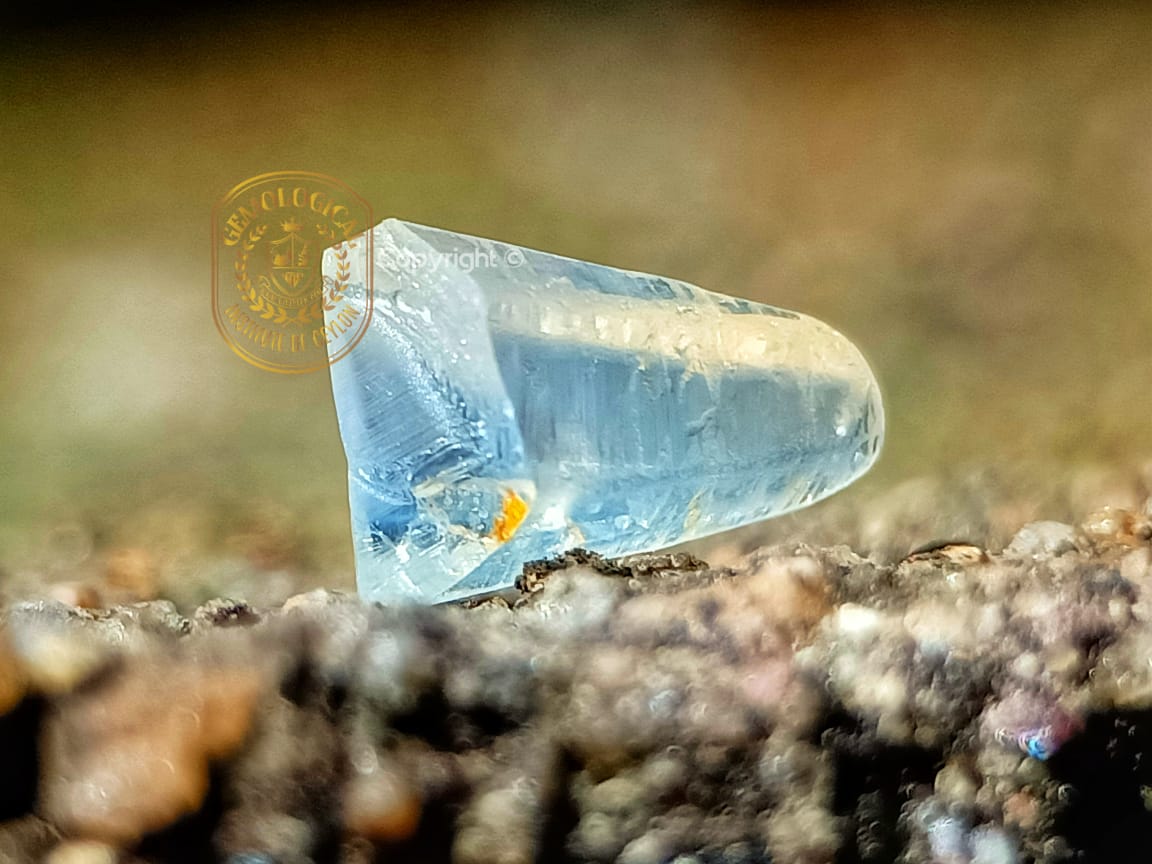
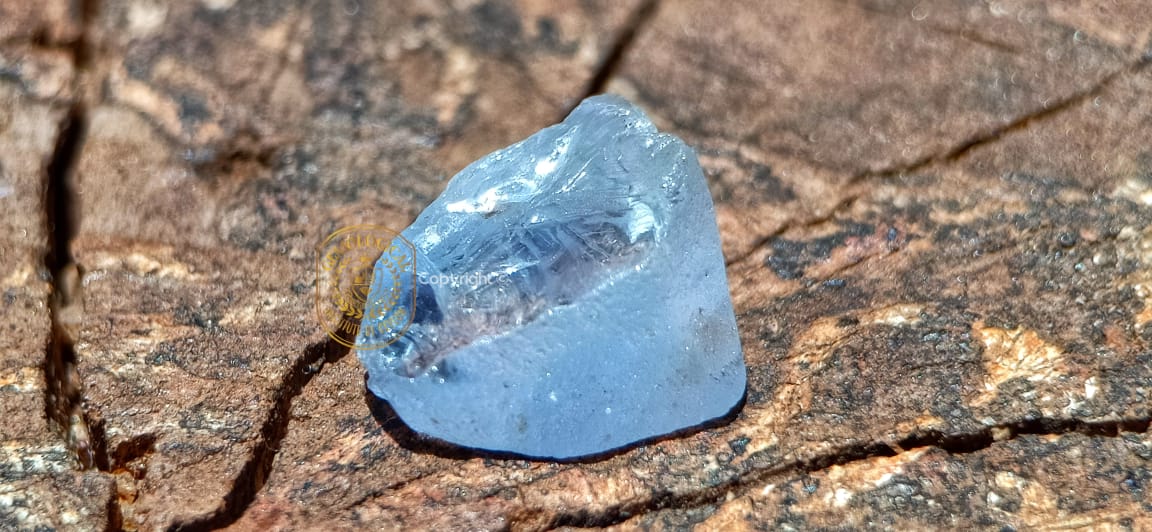 Blue Milky, Yellow Milky,Red Milky are the main sub-Categorization then Young Milky, Normal Milky, Thick Milky,Very thick Milky
Blue Milky, Yellow Milky,Red Milky are the main sub-Categorization then Young Milky, Normal Milky, Thick Milky,Very thick Milky
Silky
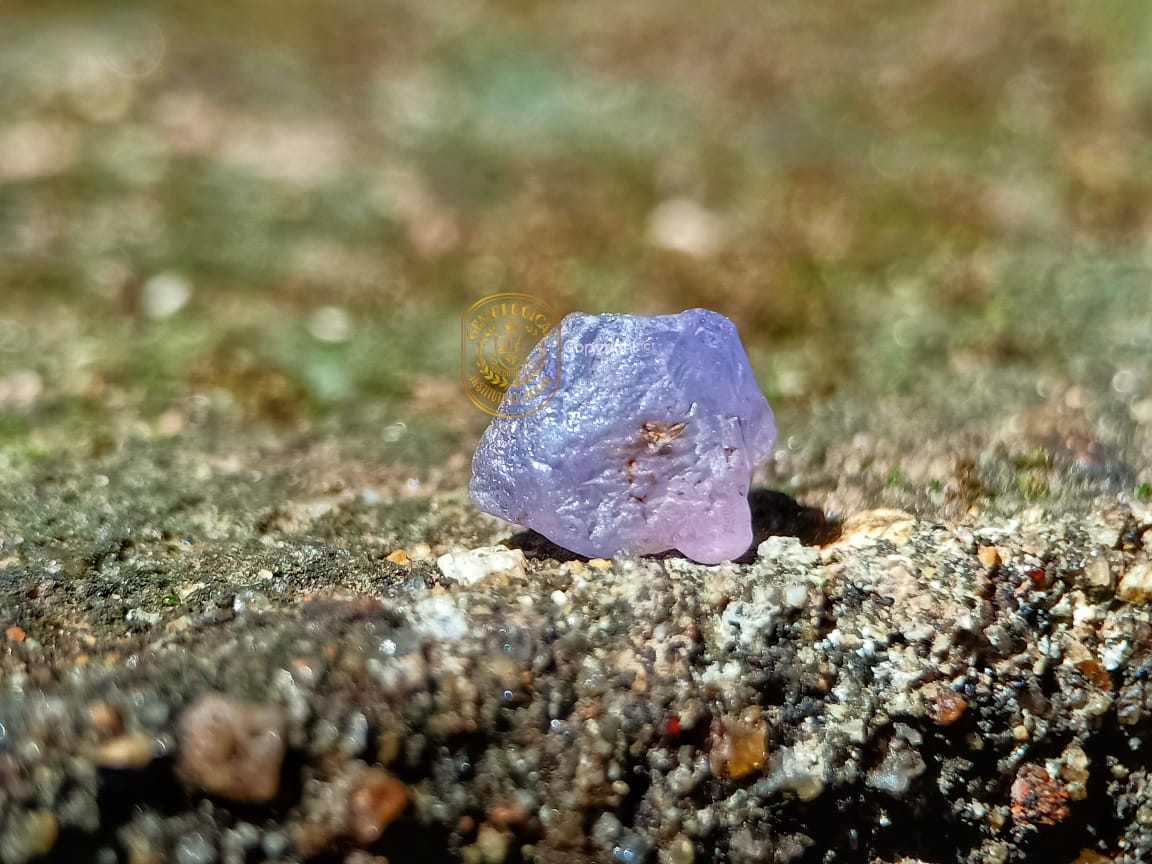
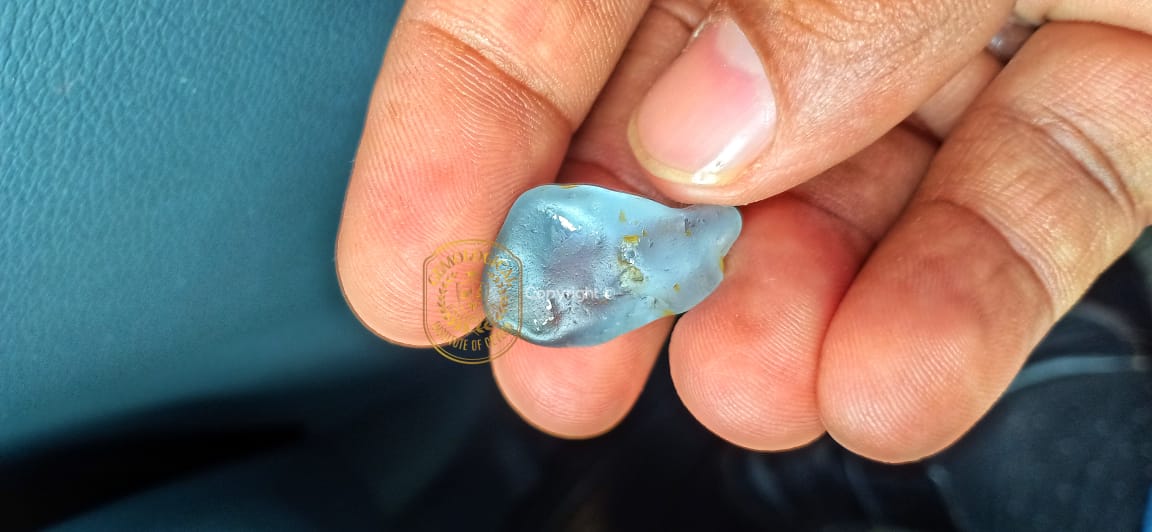
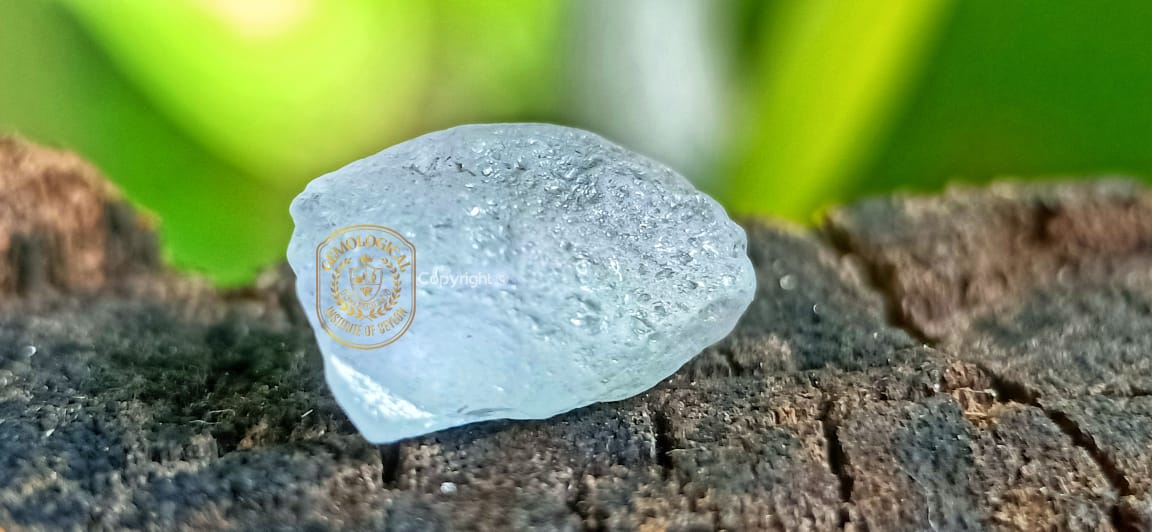
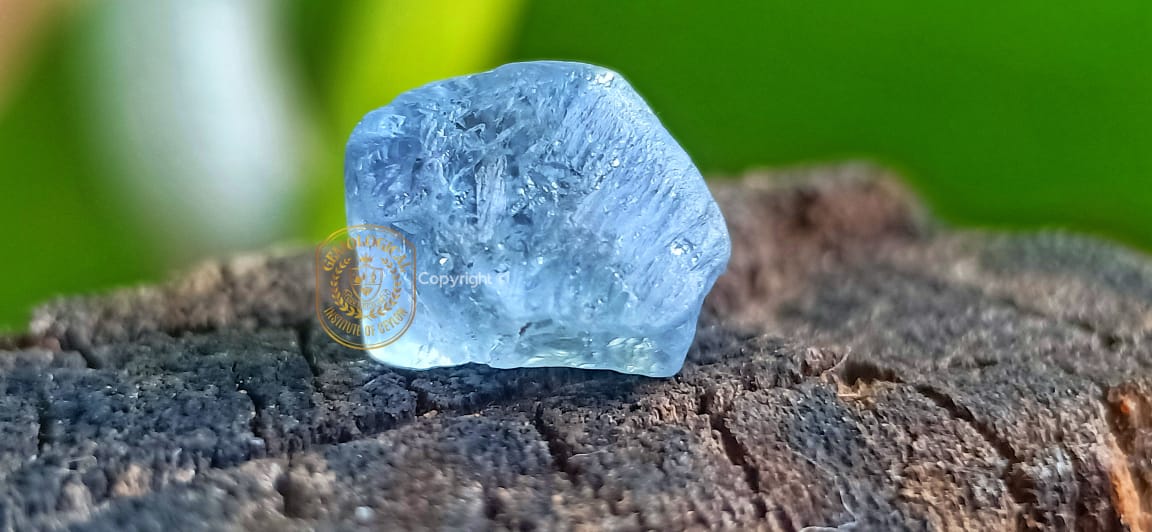 Blue Silky, Red Silky, Yellow Silky are the main sub-Categorization then Young Silky, Normal Silky, Thick Silky, Very thick silky
Blue Silky, Red Silky, Yellow Silky are the main sub-Categorization then Young Silky, Normal Silky, Thick Silky, Very thick silky
Ottu
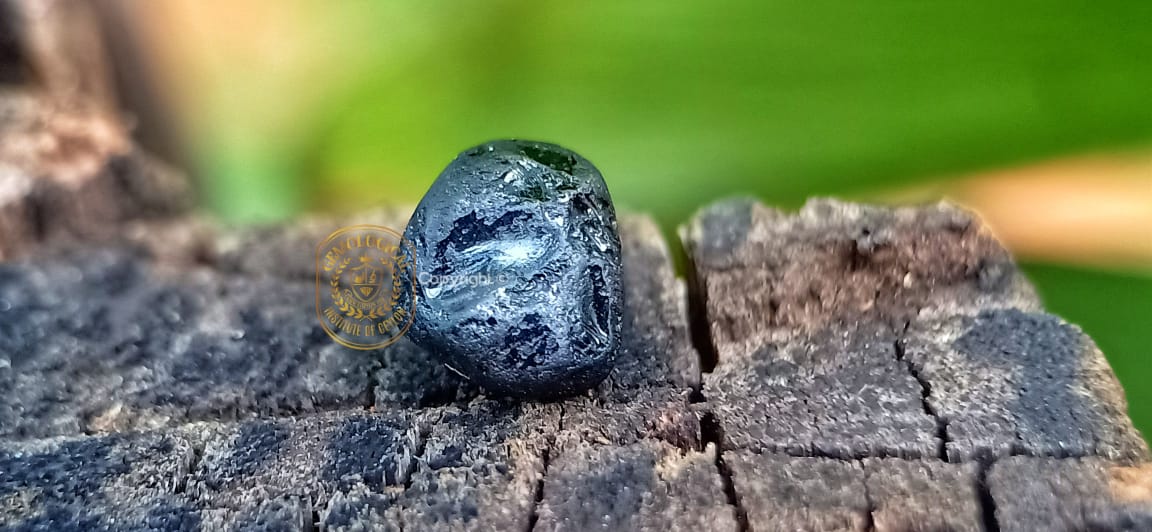
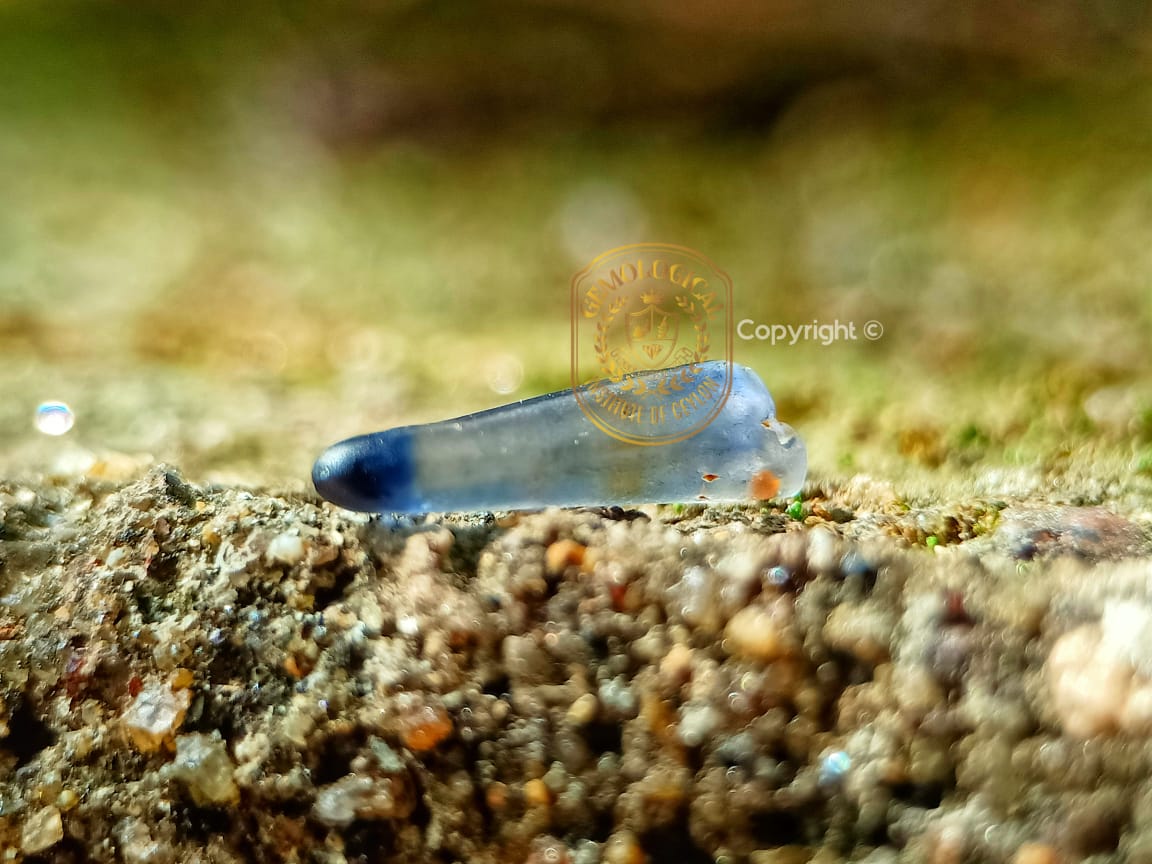
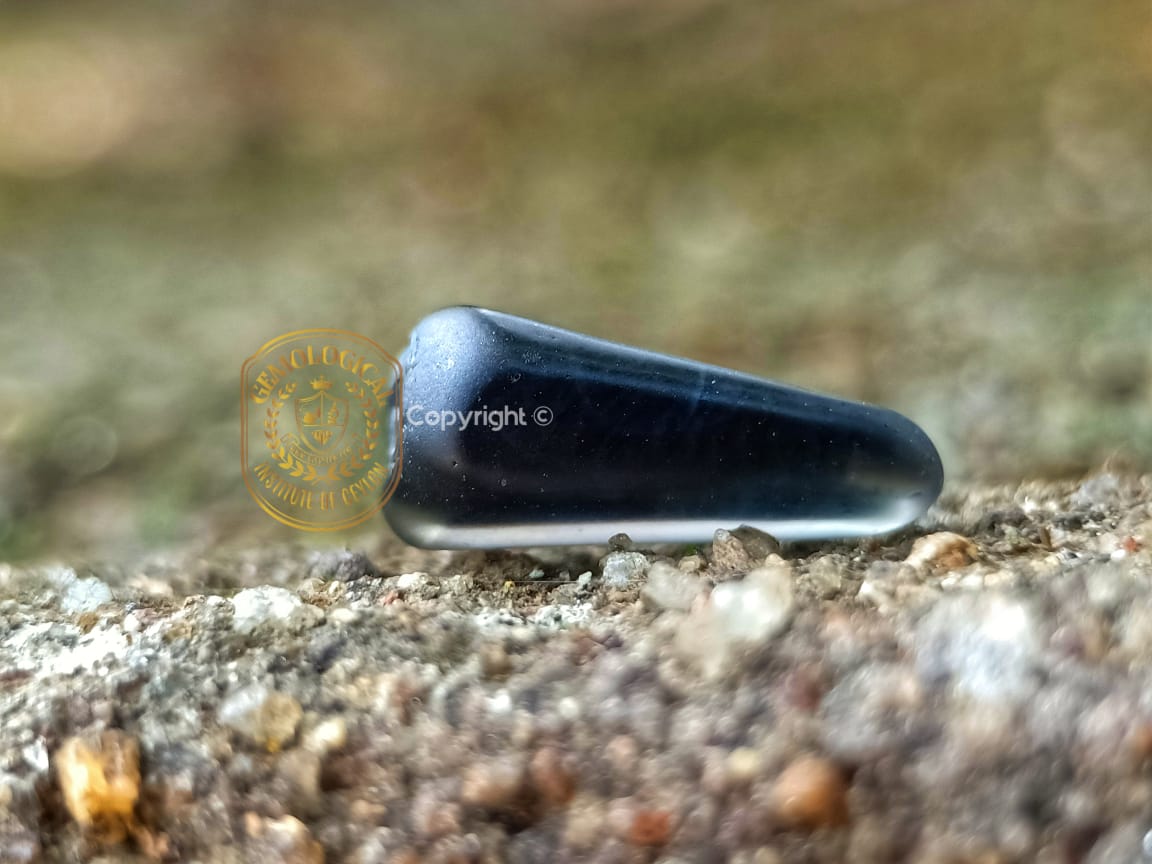
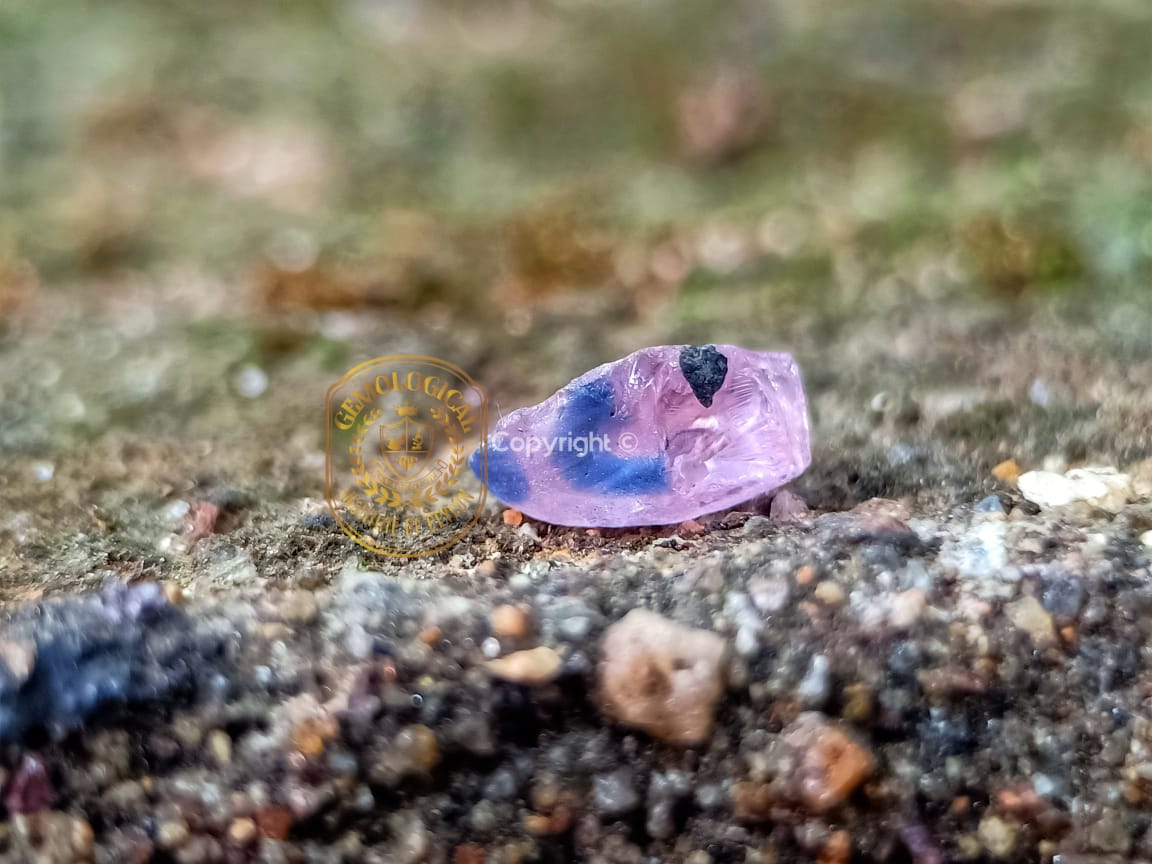
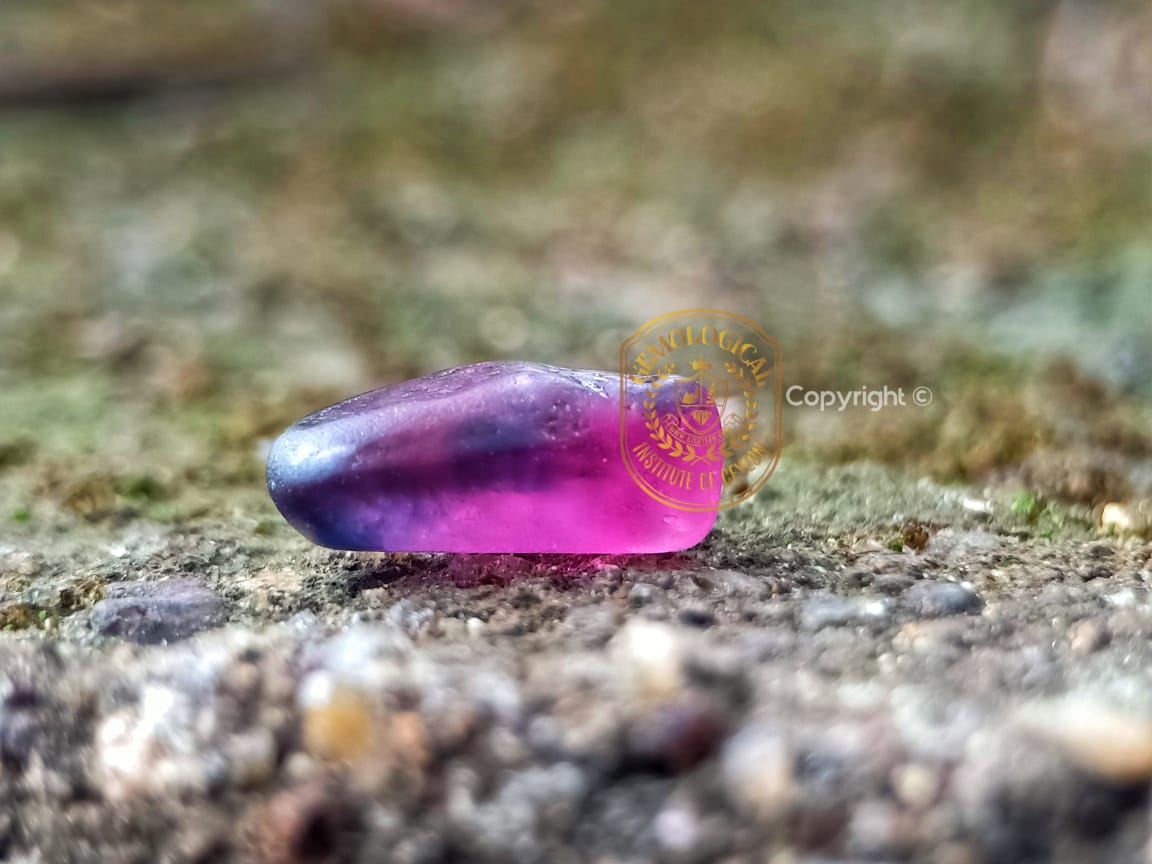
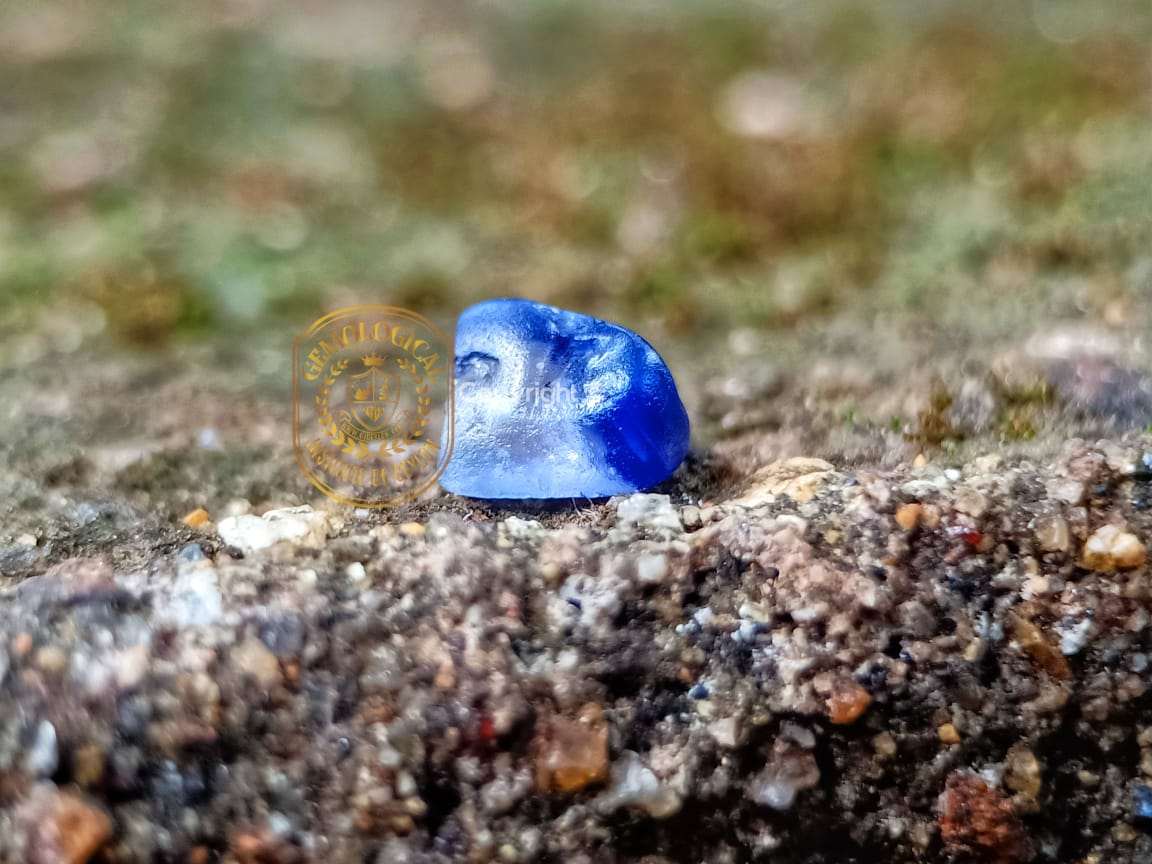 Atul ottu (Url, Dot, Iri), Pita ottu , Kalu ottu are the main sub-Categorization
Atul ottu (Url, Dot, Iri), Pita ottu , Kalu ottu are the main sub-Categorization
Dhun
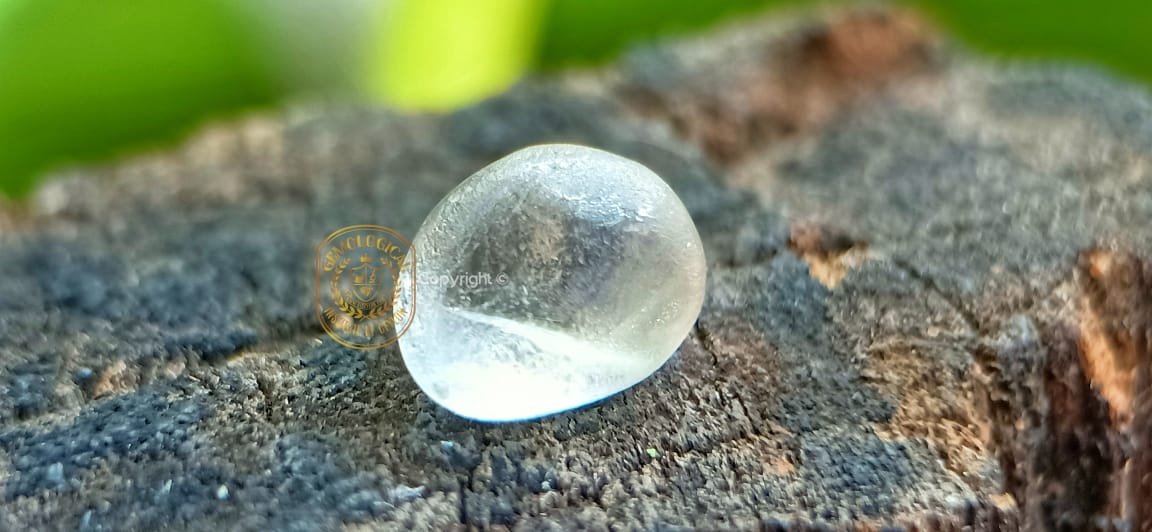
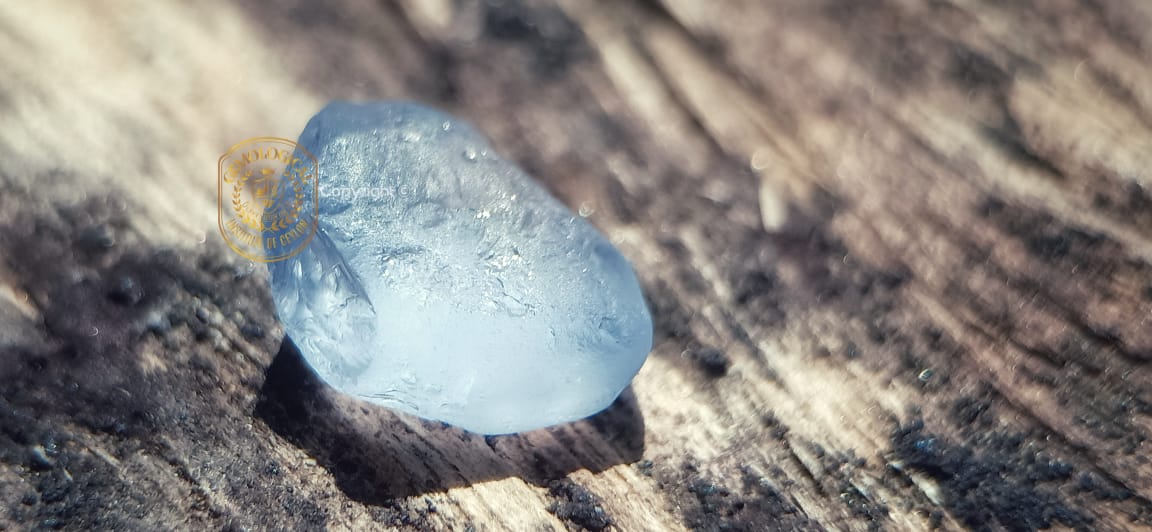 Kowangu Pushparaga
Kowangu Pushparaga
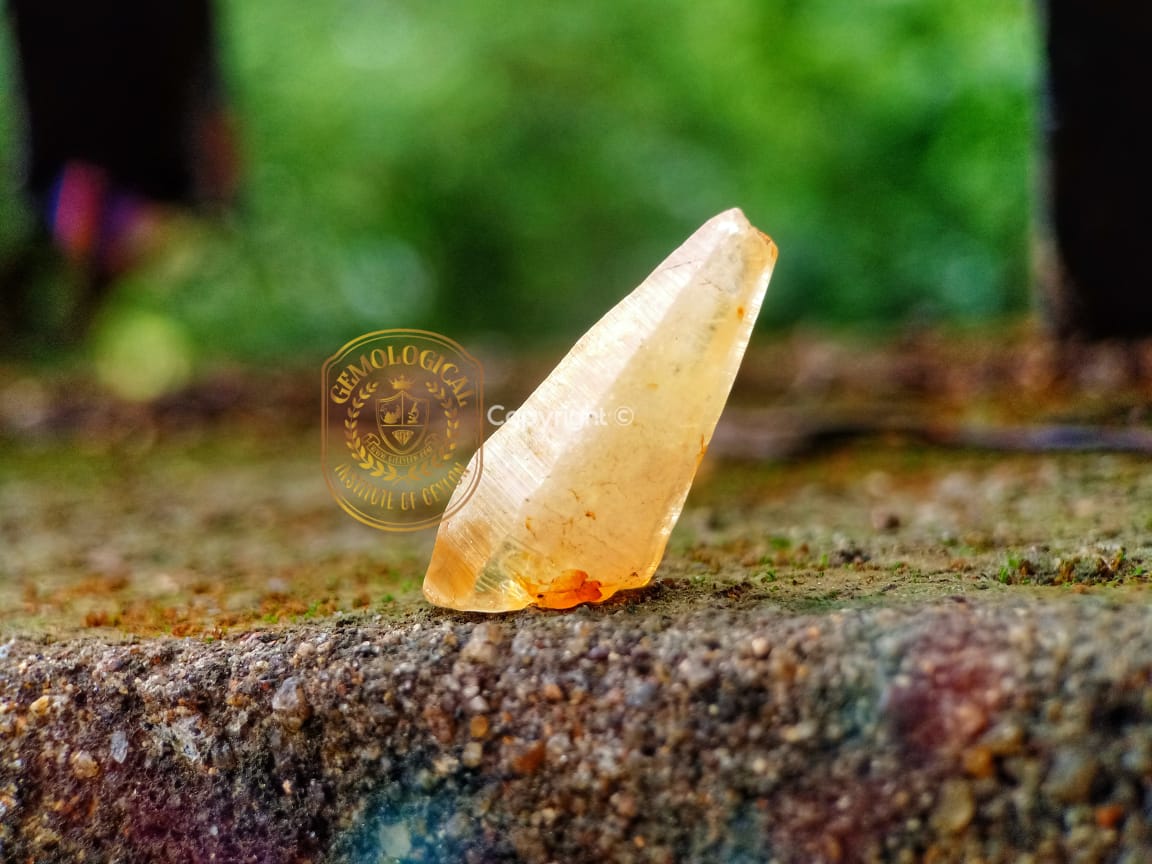
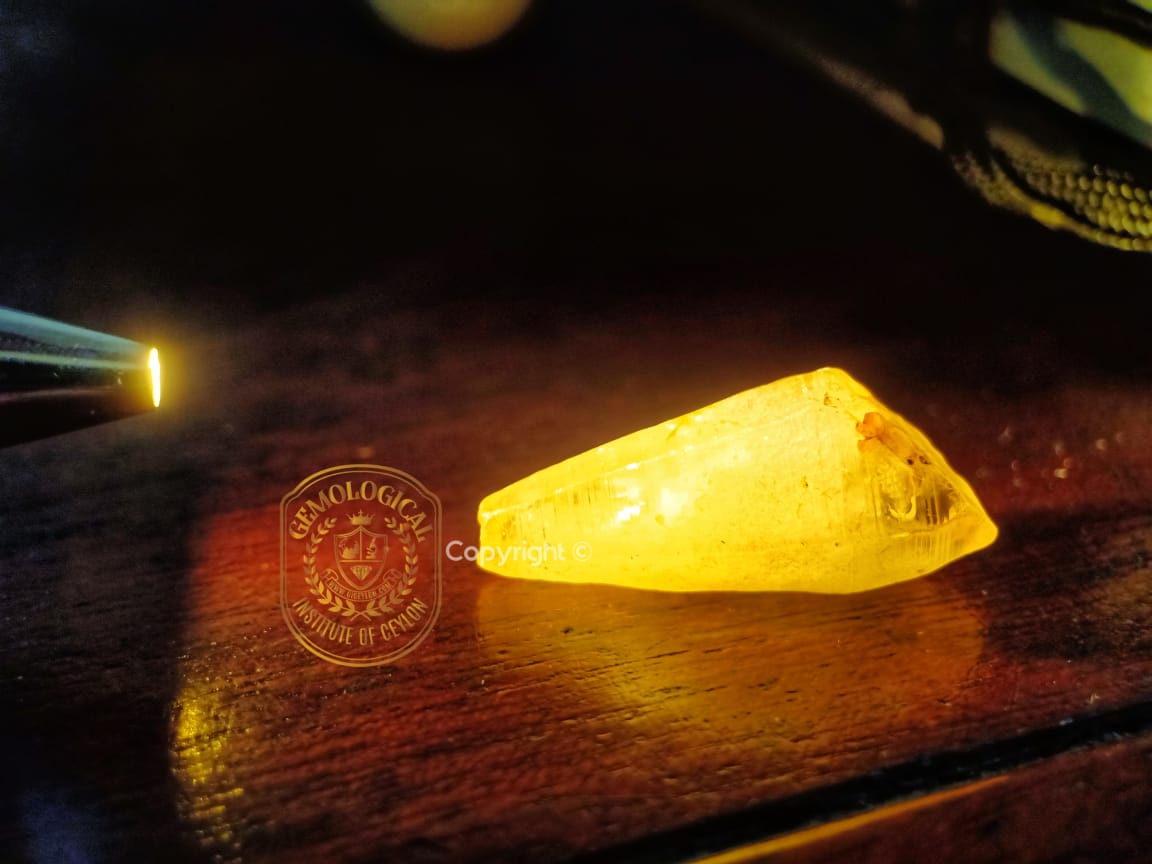 Geuda Heat Treatment
Geuda Heat Treatment
Sapphire is corundum.
Corundum is Aluminum Oxide.
Al2O3
Al3+ Al3+ and O2- O2- O2-
Neutral Charge
= 2x(+3) + 3x(-2)
=(+6+(-6)
=0
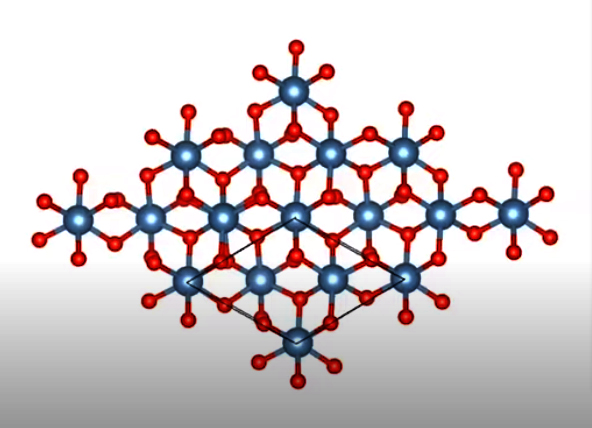
So the pure aluminum oxide doesn’t absorb the color.
Ex: White Sapphire = Colorless Sapphire.
Treatments to increase or decrease color.
Fe2+ and Ti4+ Intervalence charge transfer makes corundum blue.
Charge Balance is preserved.
Al3+ Al3+ and O2- O2- O2-
Fe2+ Ti4+ and O2- O2- O2-
To increase blue color, we need more Fe-Ti Intervalance charge transfer
Increase Fe2+
Increase Ti4+
To decrease the blue color, we need to destroy Fe-Ti Intervalance charge transfer
Reduce Fe2+
Reduce Ti4+
Breaking the connection between both
To do that requires energy => Heat Treatment
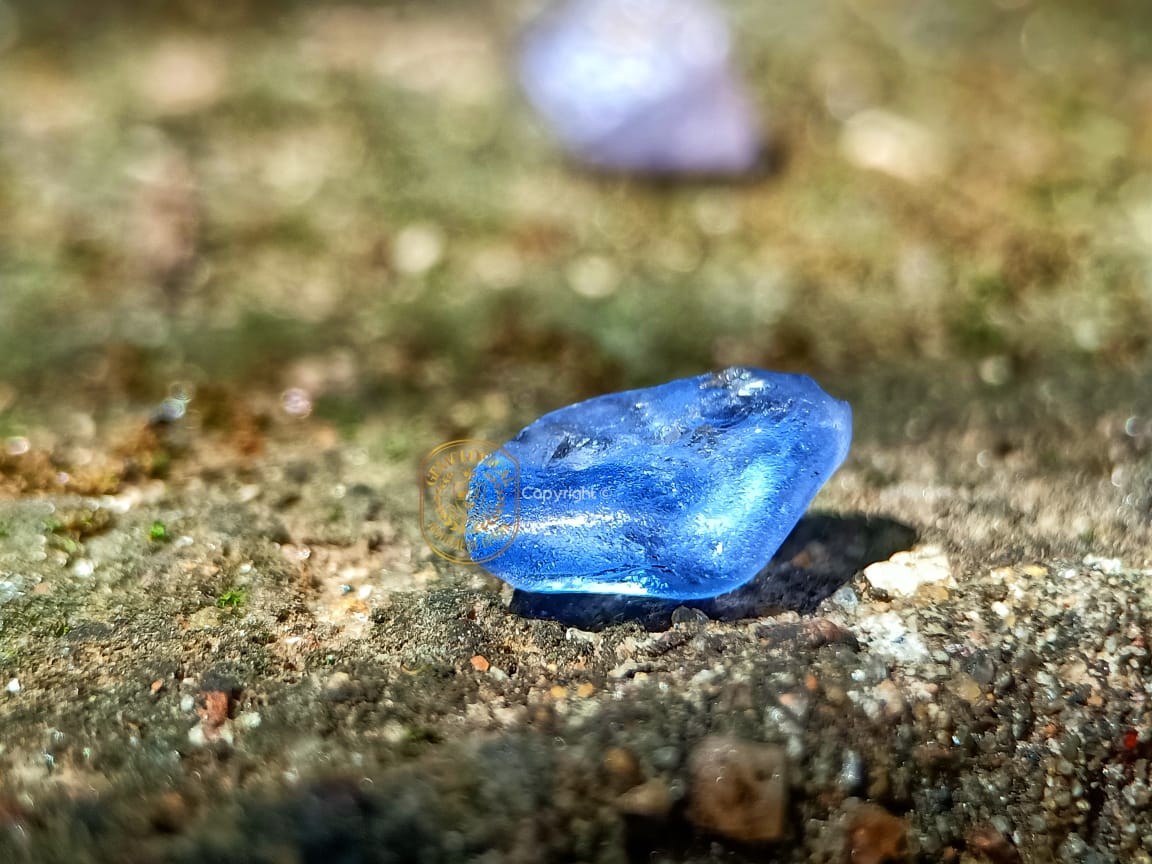
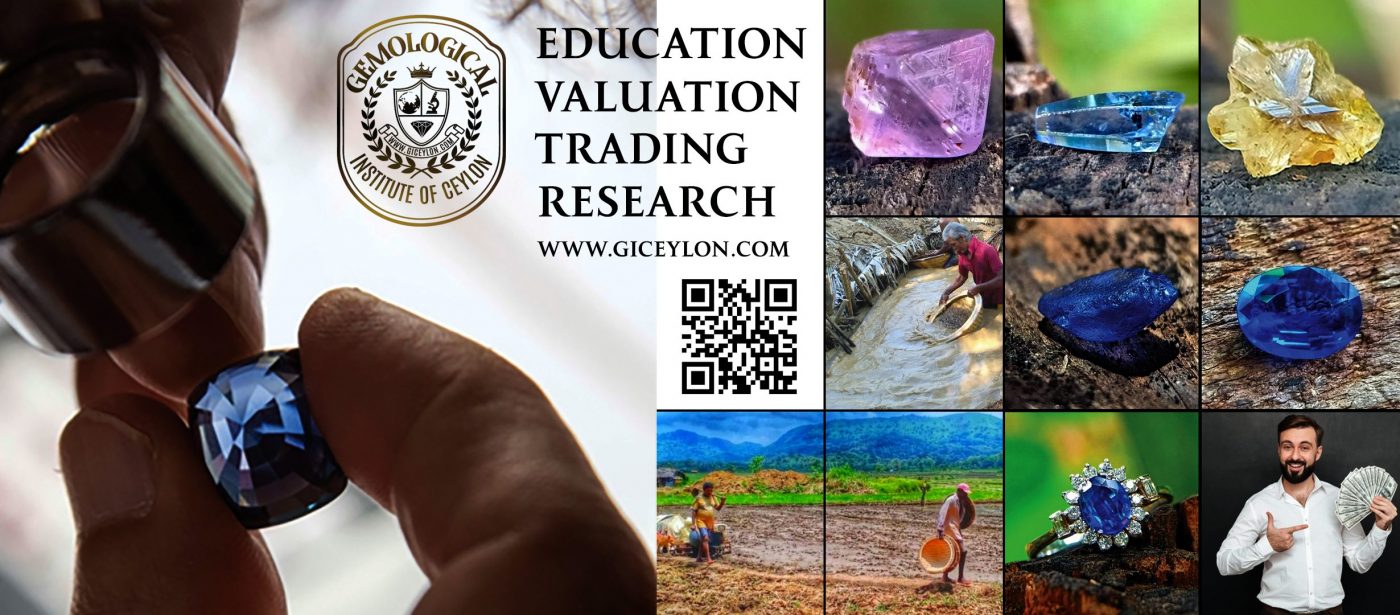
Article Composed by :
සම්පත් සමරසේකර
Sampath Samarasekara
Chairman: Gemological Institute of Ceylon
Chairman: Youth Gem Professionals Association
Chairman: Sampath Gems
Director: Ceylon Sapphire Gems and Jewels
Director: Ceylon Gem Fair International
Chairman: Nanosoft Web Develop Company
Direct WhatsApp: https://wa.me/message/2A4AUALYVQWRA1
Join with Gemological Institute of Ceylon for Practical Gemology Studies
Facebook Page: https://www.facebook.com/giceylon
Facebook Group: https://www.facebook.com/groups/1990653001208203
Facebook Profile: GI Ceylon
Websites :
www.giceylon.com
www.bluesapphire.lk
www.gemluck.com
www.ceylongemfair.com
Join with Gem and Jewellery Business Help and Discussion Group on Telegram :
https://t.me/joinchat/Q5cLnxilNw4xAr8T3TumfA
All images and text content Copyrighted ©️
[learn_press_profile]